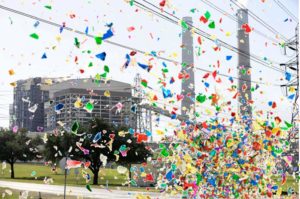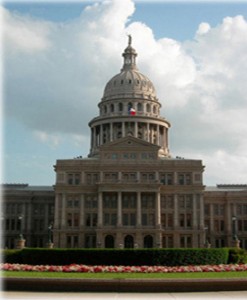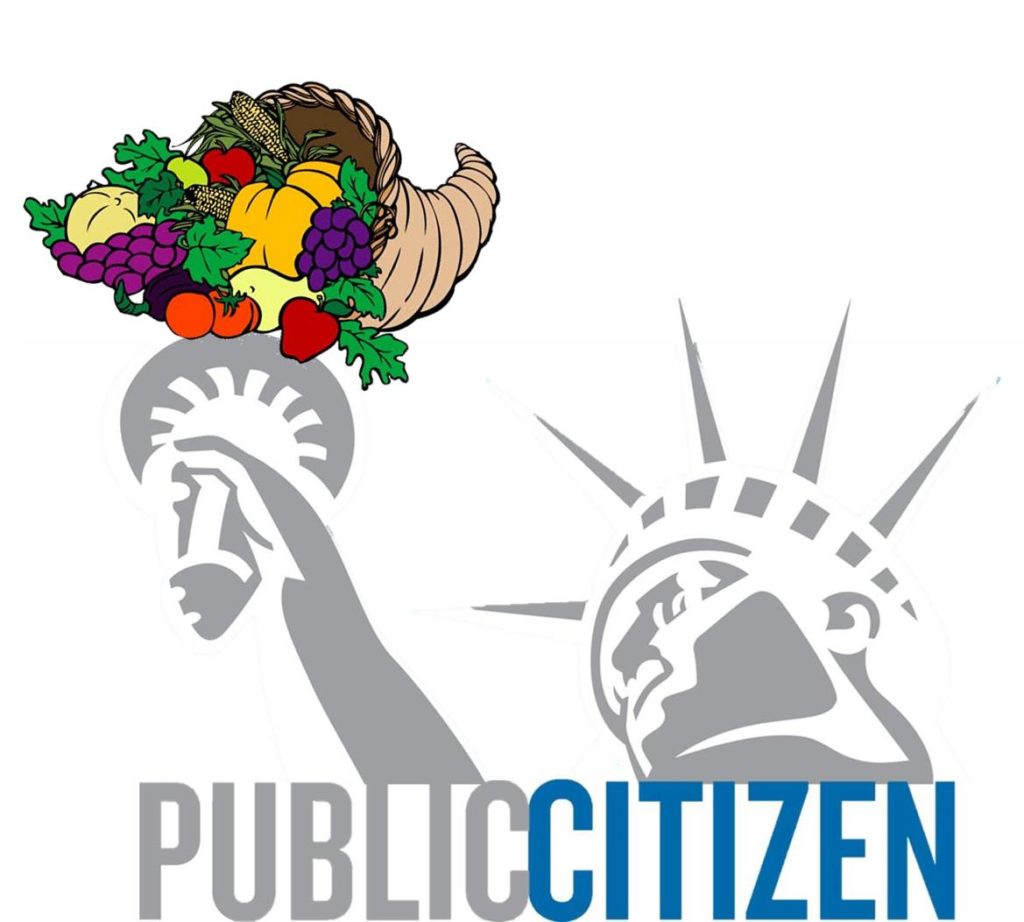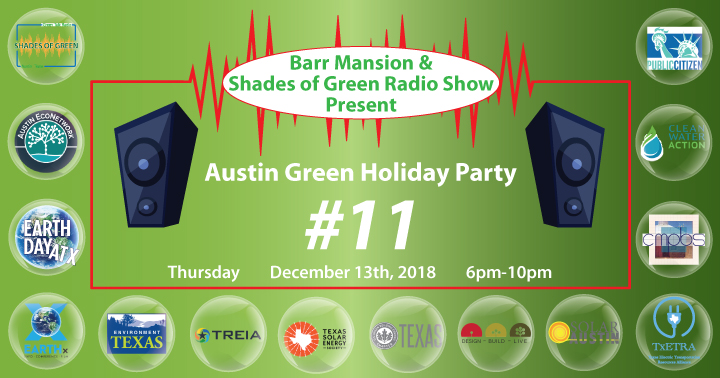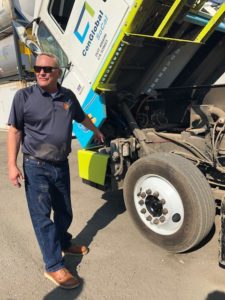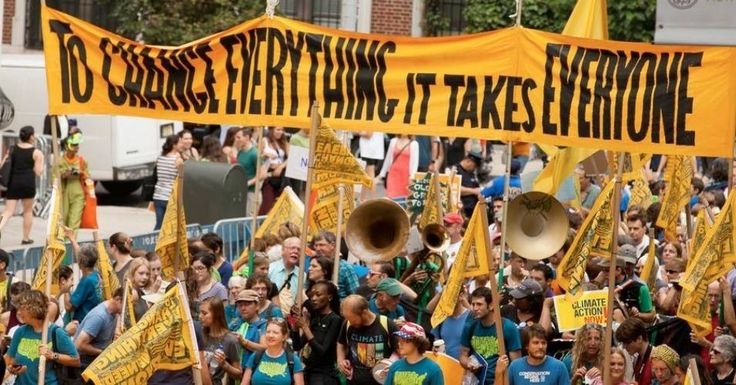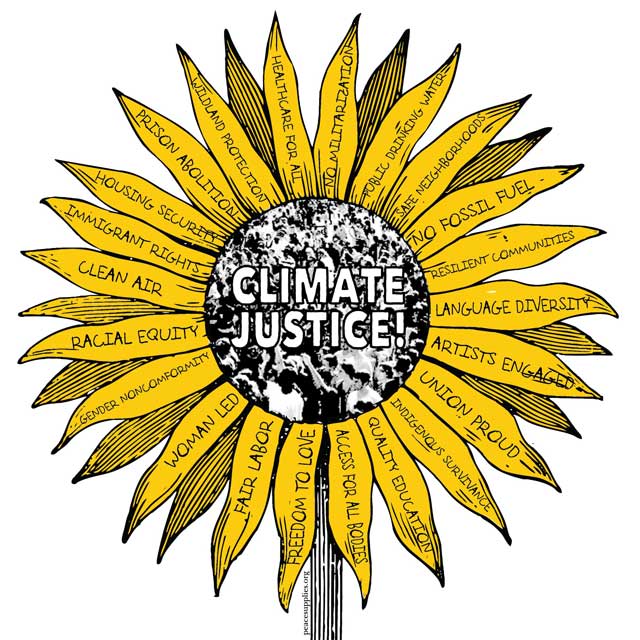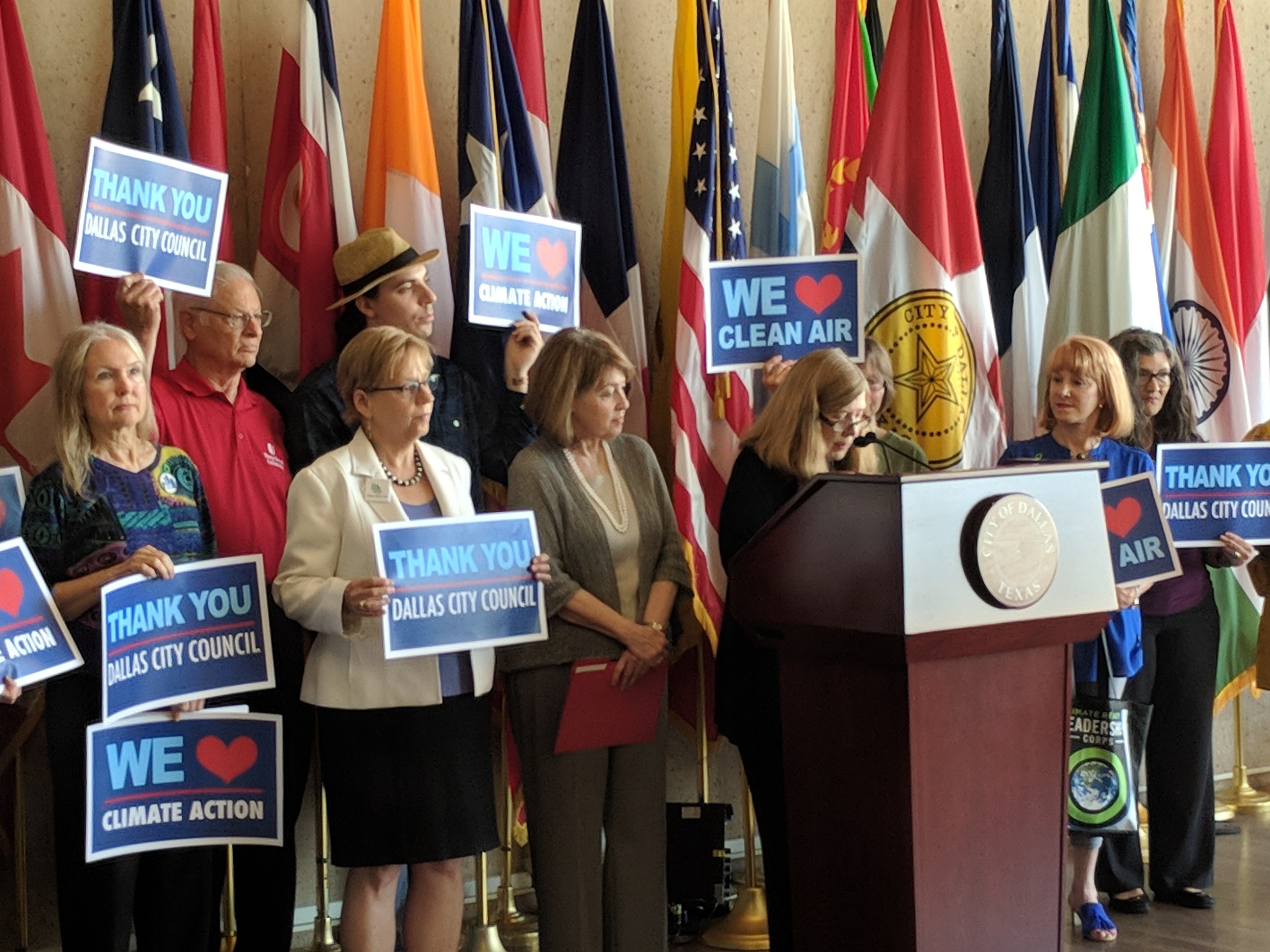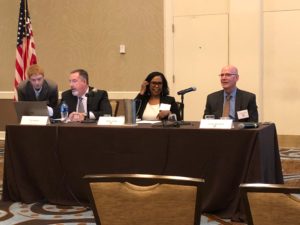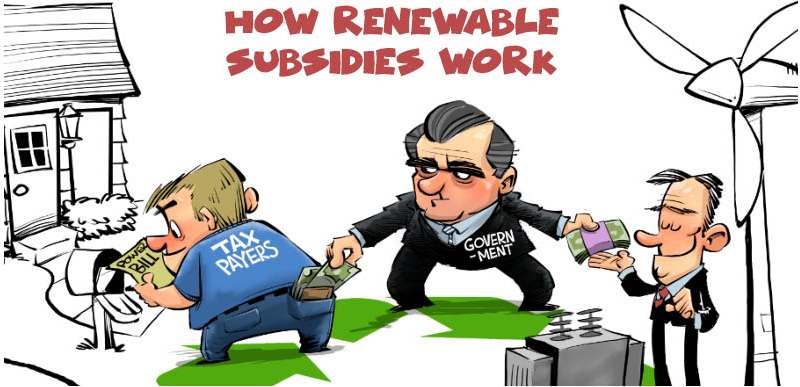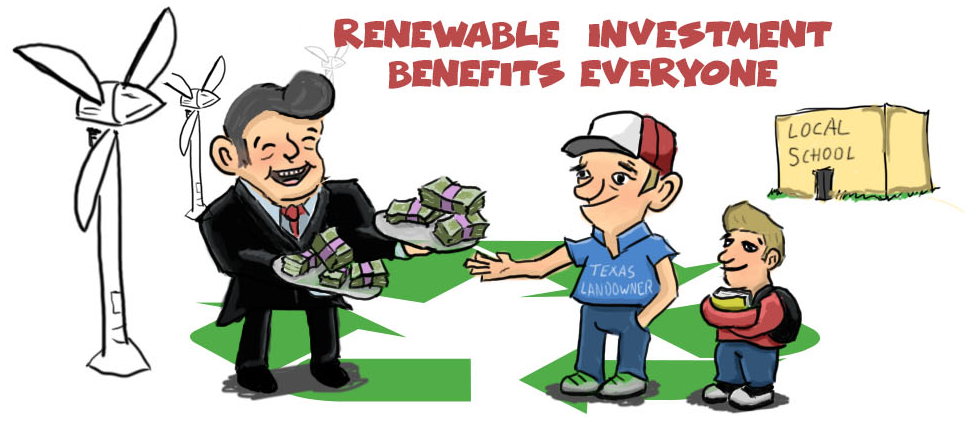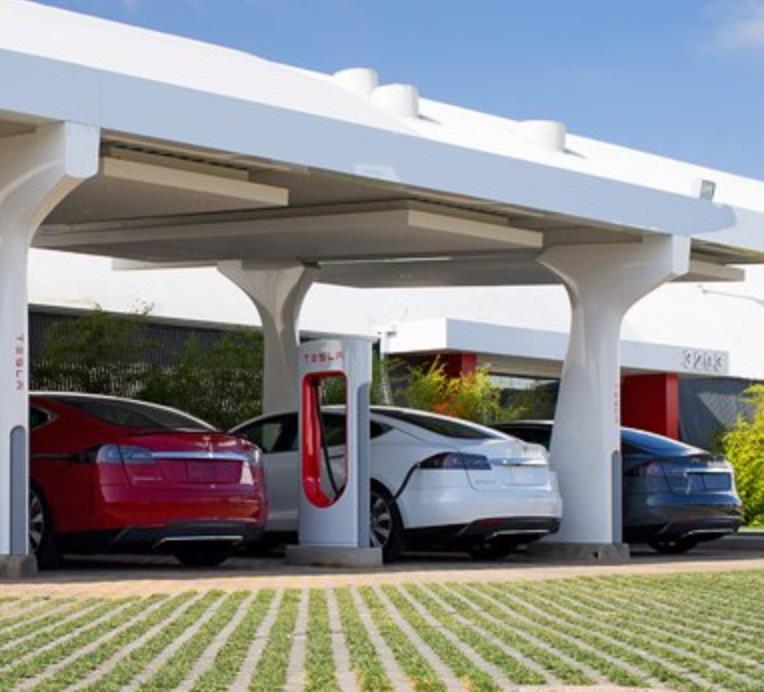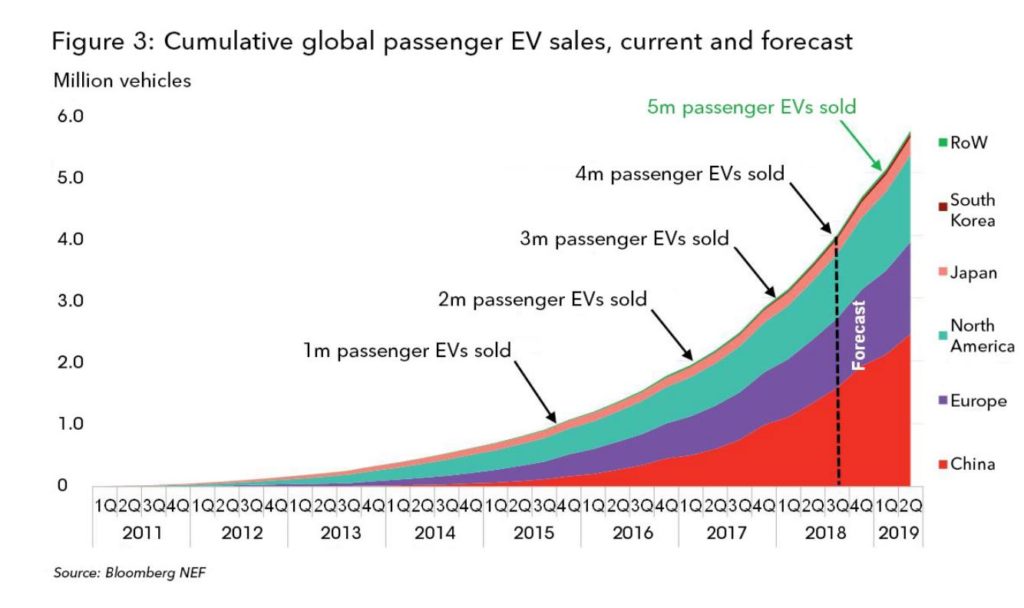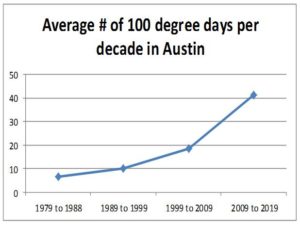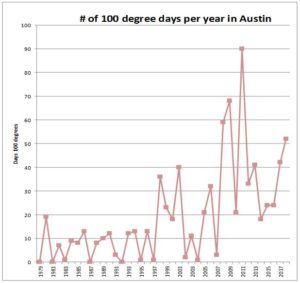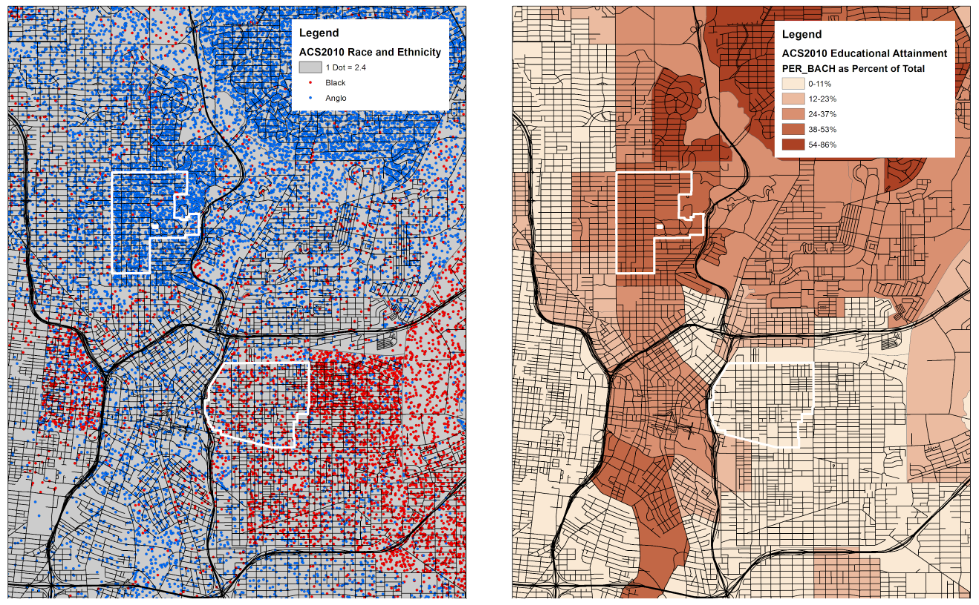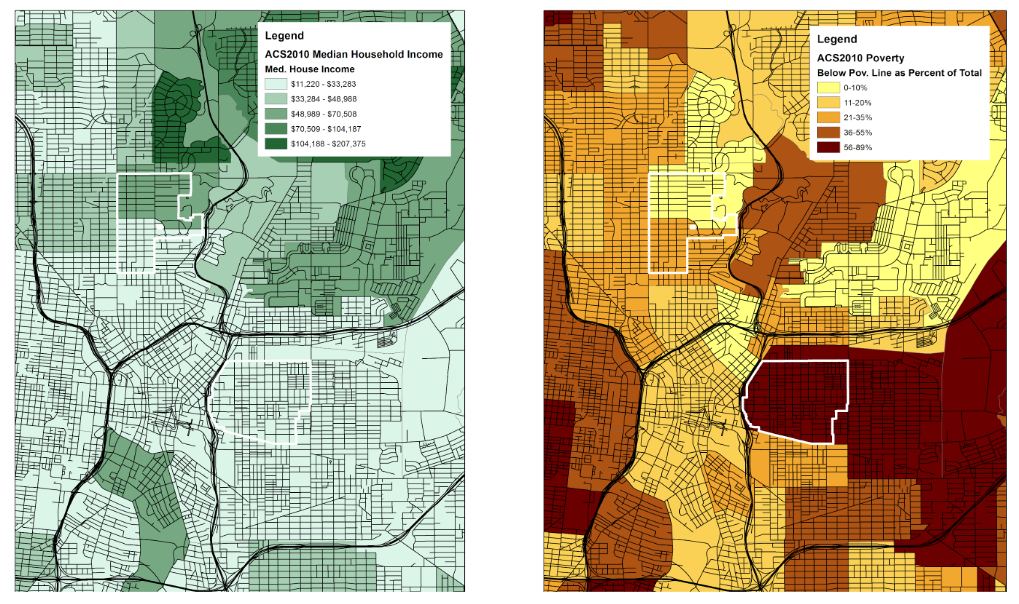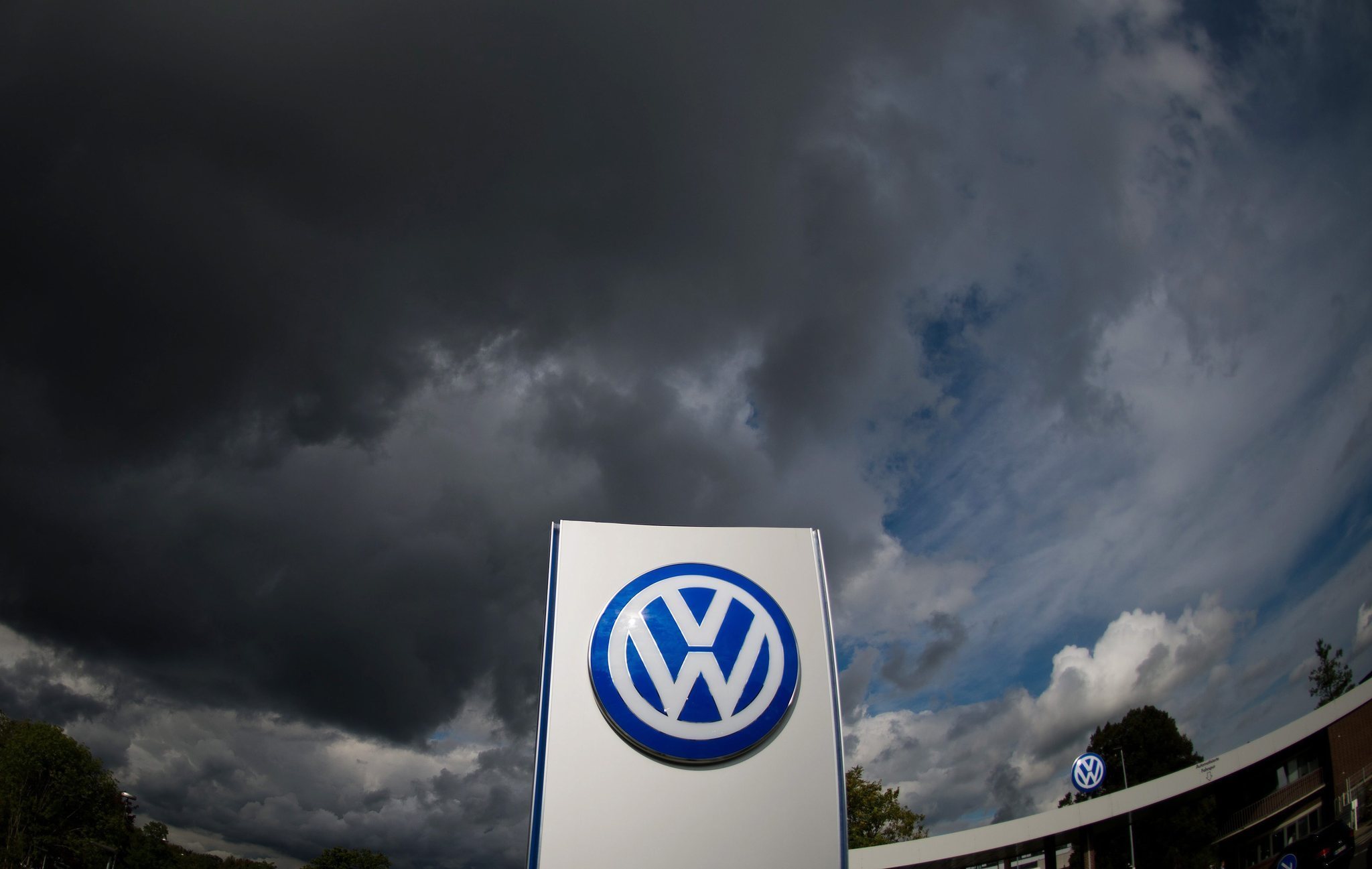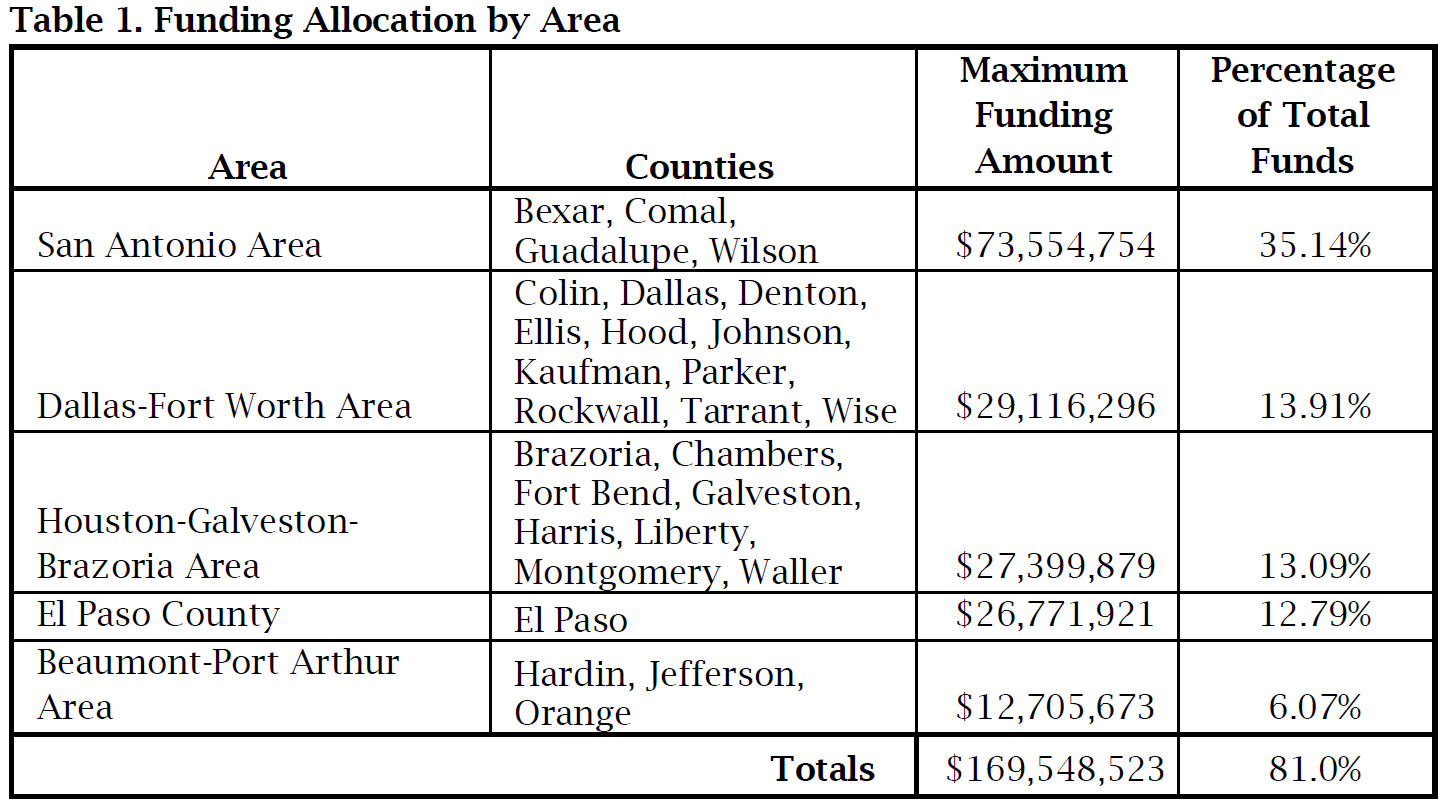Or, why diversity of energy sources is good, and why you shouldn’t believe misinformation from the fossil fuel industry.
If you’ve heard anything about energy in Texas lately, you may be wondering what our ever-changing market means for the future of energy consumption. How is Texas’ clean energy sector performing? Why are so many coal plants closing? What does it all means for consumers?
The short answer is that the market is changing for the better. Energy remains cheap and we have more clean sources of energy online than ever before. Texas generates so much wind energy, for example, that it outpaces the other 49 states combined.
In order to understand the current state of things, we should start with some basic facts about energy in Texas. There are 28 million people in Texas and 90% of them are served by the Electric Reliability Council of Texas (ERCOT). ERCOT predicts our energy needs and ensures that we have sources available to meet them.
Texas’ energy market entered its present state in 1999, when the state legislature deregulated the market by breaking up large public utilities. Before deregulation, consumers relied on one single, local energy provider to generate, distribute, and market energy to consumers. In Houston, for example, that provider was Houston Lighting and Power (HL&P).
In a deregulated market, that single provider is divided into three entities: generators, transmission and distribution, and retail providers. In HL&P’s case, those entities became Reliant Energy, CenterPoint Energy, and what is today known as NRG Energy.
In Texas today, generators compete in an open market to provide energy at the lowest possible price. Transmission and distribution utilities are still regulated by the state—this makes sense, as we don’t wants multiple sets of power lines and transmission infrastructure built by competing entities. Retailers compete for the business of individual energy consumers by offering power contracts at competitive prices.
Market competition can lead to uncertainty. Since deregulation, competition has led to energy getting cheaper and cleaner across Texas. But in recent months the uncertainty inherent in a competitive market has led to some dangerous misinformation.
The Changing Face of Energy in Texas
In addition to deregulation, Texas took other steps to ensure that our state’s energy market continued to improve. We passed the Renewable Portfolio Standard, which set targets for renewable energy generation that were easily surpassed as Texas developed into a clean energy leader. And we invested $7 billion into Competitive Renewable Energy Zones, building transmission infrastructure to bring wind energy generated in West Texas to cities across the state.
These investments paid off, and today Texas provides some of the cheapest, cleanest energy available. We lead the nation in wind energy production, with 24,000 MW of wind capacity and more than 24,000 wind industry jobs across the state. And Texas is rapidly adopting solar energy, with 2,465 MW of solar installed and 8,873 solar jobs.
Meanwhile, older sources of generation—especially coal—are finding it impossible to complete in Texas’ market. This year Vistra energy closed three coal-fired power plants in Texas, Monticello, Sandow, and Big Brown, with a combined capacity of more than 4,600 MW. CPS Energy in San Antonio will close the JT Deely power plant on December 31. AEP announced it will close the 700 MW Olkaunion plant by 2020. And Xcel Energy announced plans to go carbon free by 2050, with an 80% target by 2030, signaling the closure of its five fossil fuel powered plants in Texas. These closures are largely driven by market forces, and although cheap and abundant natural gas plays a starring role in cheap energy in Texas, renewable sources such as wind are increasingly driving markets.
Different stakeholders have responded to these changes in different ways. Many traditional power generators are investing heavily in clean energy sources. (Xcel, for example, will open 12 wind power plants with a combined generation capacity of 3,700 MW by 2021.) Energy Secretary Rick Perry took a more reactionary approach, proposing a dead on arrival plan to subsidize coal, nuclear, and other antiquated sources.
Perry’s ill-advised plan shows the desperation of the fossil fuel industry. Fossil generators know that they may be sitting on some of the largest stranded assets in history, and they are trying anything they can to wring value out of their holdings at the expense of consumers, the planet, and anyone who likes to breathe clean air.
Saving Fossil Fuels: an Exercise in Misinformation
Desperate times call for desperate measures. The fossil fuel industry has marshaled an army of resources to spread the misinformation required to convince Americans that further investment in dirty energy is needed.
These sowers of misinformation rely on the complicated nature of energy markets to promote their agenda. But there’s really only two things an average consumer needs to ask themselves about energy in Texas:
- Did I experience blackouts this summer?
- Did I pay more for energy than I expected?
Chances are you answered “No” to both questions, because the market performed just fine last summer. But the fossil fuel lobby has tried to confuse you about what really went on. Here are a few ways they did this.
Myth: “Baseload” means that old, uneconomic sources must stay around for some reason.
Beginning with Secretary Perry’s unfortunate proposal, the idea that “baseload” means something very specific and important for electric reliability gained traction. The argument is that certain sources of energy—coal, nuclear, and natural gas—are inherently more reliable than their clean energy counterparts. A fossil plant can begin generating at the flip of a switch, we are told, whereas wind plants and solar farms must wait for the wind to blow and the sun to shine.
This is misleading for a number of reasons. First of all, energy generation from fossil fuel plants can also experience outages. There are many recent examples of these “baseload” sources not performing in times of crisis. After Hurricane Florence hit the Carolinas in September 2018, solar and wind energy sources were back online the next day. Coal fired power plants were down for two weeks. After Hurricane Harvey in August 2017, NRG had to switch two of the coal-fired units at its WA Parish plant to natural gas for the first time since 2009. The reason? Coal piles were too saturated with rainwater. After Hurricane Maria, Puerto Ricans had trouble getting delivery of the fuel oil they needed to run backup generators. There were even reports of coal piles freezing and becoming unusable during 2014’s famous polar vortex.
Another theory behind the importance of baseload is that fuel can be stored on site. But as the examples above show, fuel storage comes with complications. Reliance on fossil fuel feedstocks also ties Texas’ (and the United States’) energy consumption to global commodities markets. Wind and solar, by contrast, rely on fuel sources that are always free and never tied to the whims of foreign oligarchs.
Myth: Clean energy sources are unreliable
This next sin of clean energy sources is said to be responsible for a host of imagined problems in energy production in Texas. It turns out that the wind doesn’t blow all the time and the sun sets. Solar producers even have to suffer the indignity of solar eclipses. (Watch out America. There’s another one coming in 2024 and another in 2045!)
Because these clean energy sources sometimes cannot produce, we are told that they are hurting energy production in Texas. This is simply not true. Yes, the wind blows at night, but we still consume power at night. Overproducing sources of clean energy have even led to energy prices going negative, a situation in which generators actually paid to put their energy into the market. But far from a perversion of the market, this is just an example of how clean energy sources can reduce prices for consumers—energy prices fluctuate, and a negative price just means lower overall bills. If a given source of generation finds it economic to pay to put power into the market, so much the better for power purchasers.
The idea that generation has to exactly meet demand at all times will soon become obsolete anyway. In Texas, all generators compete for the business of all consumers. We don’t have to purchase energy generated close to us in space; our competitive market allows us to purchase form anyone in the state. (There are still many energy consumers located in places with municipally owned utilities, such as Austin and San Antonio. These consumers do not have purchase choices. But the MOUs they buy from are themselves generating and buying energy in the competitive market.) Soon we won’t have to worry about whether energy is generated close to us in time either. Energy storage devices like batteries are finding their way onto the grid. In the near future, when renewable sources overproduce, they can store energy in batteries for dispatch during periods of high demand. Batteries will also allow us to make more economic investment in energy infrastructure, opting for example to purchase a battery for several hundred thousand dollars instead of spending a few million on new transmission and distribution infrastructure (so called “non-wires alternatives”).
Myth Energy markets will continue to function as they have in the past
Possibly the biggest misconception of energy alarmists is that the energy market will continue to function as it has in decades past. Energy demand will continue to increase and large, centralized sources of generation such as coal and natural gas plants must be built to meet that demand. In reality, there are a number of other mechanisms at play:
- Energy efficiency measures will slow the steady increase in energy demand.
- Distributed generation means that a decentralized network of small generation sources (think solar panels on your roof) will supply increasing amount of energy.
- Demand response programs will allow ERCOT to adjust energy demand in real time, taking some loads offline when demand becomes high.
- A diversity of sources of generation will compete in an open market to provide cheap, clean, reliable energy to Texans.
This last point is all that the average energy consumer needs to know. There was a conversation before Summer 2018 about whether demand would be tight. The market responded, with marginal participants entering the market to take advantage of anticipated demand. We set records for energy demand this summer, and out reserve margin even slipped below 9%, but ERCOT never initiated any conservation measures and energy prices never spiked too high.
The Future is Bright for Energy Consumers
In other words, back to the average energy consuming Texan: the lights stayed on and the bills stayed low. Energy markets did exactly what they were supposed to do, and they did so with more clean sources such as wind and solar on the grid than ever before.
If this makes a few fossil fuel barons uncomfortable, so much the better. They can slow the progression toward clean sources, but they cannot stop it. We may see in the coming years increasingly desperate attempts by fossil generators to stay profitable in a market where they can no longer compete. We may even make a few missteps along the way—after all, the fossil fuel lobby still dominates Texas—but the outcome is all but certain: clean, reliable energy for all Texans.
